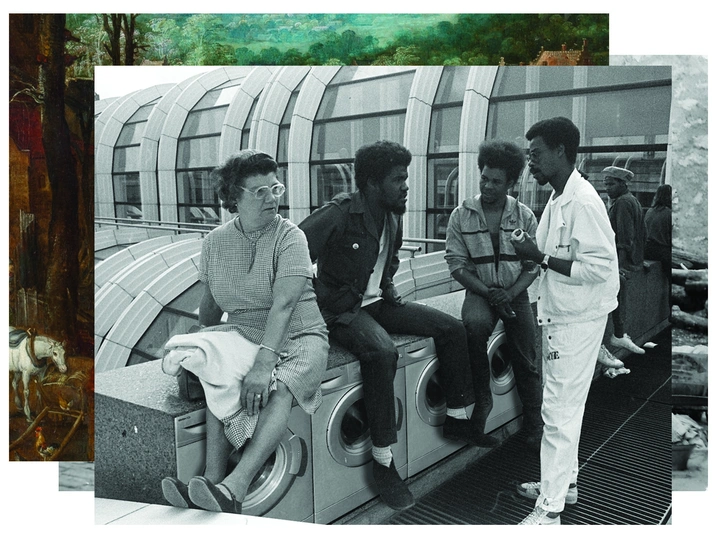Textilomats: A Tool for Collective Consciousness

My name is Fábián Villányi, I was educated at the Technical University in Vienna where I graduated in 2023. I was trained at Querkraft and Schenker Salvi Weber architecture offices in Vienna. During my studies I have been attending following educative programs: Hello Wood Architecture Summer School in Hungary on multiple occasions, REA Summer School in cooperation with GAFPA, Assemble, 51n4e in Brussels and AA Visiting School, Dresden among others.
Projects I worked on or I have been involved in, appeared on: DOMUS, archdaily, yalepaprika, építészfórum. In recent years I have worked as a teaching assistant at the TU Vienna where I contributed in or edited publications such as: Open Design Academy: Education and Arrival City and supported the educational studio of Artem Kitaev, KOSMOS.
Since the start of my studies I have been focusing on user-experience based design, flexible and sustainable solutions which can adapt to specific needs of users and leave them the opportunities of changing their habitat. Educating people to become the designers of their own spaces is something which motivates me to create the adequate architecture.
Washing and repairing our clothes were once public rituals. Due to the nature of capitalism, it became a private and sometimes embarrassing topic. But owning our own washing machines instead of sharing one has more disadvantages than we think. The costs of purchasing and maintaining are not the singular problem, rather paying rent for parking underused machines in our apartments. The disallowance of physical interactions, the unlearning of cooperation with our close surroundings push us into becoming a disjoint, un-collective society.
Laundromats were established in economically challenging times, but they reintroduced the platform of sharing. With all their inconveniences laundromats offered people a place to take a break from the hectic, boisterous world. Sharing the scene meant sharing conflicts but also sharing stories.
A textilomat aims to become a creative place for non-consumption-oriented social interactions, similar to gatherings in public space but with suitable infrastructure and shelter qualities. A textilomat should be able to offer a space for small scale interactions without the exposure to broader public and to host large scale events at the same time. The diversity of spatial experiences within the facility is intended to foster and respect creativity. By promoting multiplicity, user are given the chance to participate to an individual degree. Only a real life experiment could tell, if a textilomat is a legitime improvement of a laundromat. However, the potential of the ground floor as a mediator is undeniable.
Throughout my research where I mainly focused on Vienna and 3 other metropoIes, I stumbled upon an interdisciplinary set of problems that are holding us up from tackling urging issues just as water-pollution through the textile industry, housing crisis, fast-fashion or the missing communication between generations.
All the stories, positions and data collected led to the conclusion: human nature has to be taken much more into account.